Crater Lake: Oregon’s National Park
April 15, 2019
Chances are if you live in Oregon you’ve heard Crater Lake. You’ve probably been to Crater Lake National Park even, which is understandable since it has such a long history. This amazing place became a national park in 1902 and has continued to be a very interesting geographical location. Known further as the deepest recorded lake in America, its fame comes as no surprise.
Crater Lake’s long history even has ties to Native American mythology that can be traced back to its creation when it erupted. The surrounding area around the national park is very interesting for travelers because it’s by the Rogue River, which has a very vibrant community with lots of interesting places to see. The website TravelOregon.com highlights this, saying that, “Crater Lake is located in southern Oregon, which is also home to the world-renowned Oregon Shakespeare Festival [and] the stunning Rogue River”. Crater Lake is truly one of the most interesting places in Oregon.
Diving deeper into Crater Lake’s long history can lead you to interesting discoveries. Long before explorers rediscovered the lake, the site was a very culturally significant place for Klamath Native Americans, specifically the Makalak people. There are many variations of stories that tell of the historic eruption of the volcano that formed the lake. According to Klamath legends, the eruption was caused by “two spirits named Llao and Skell [as they] fought [a glorious battle there]”. Some legends tell of a great chief fighting a sky god who asked for his daughter’s hand in marriage. In any variation of the story, the event is described in epic proportions and is one of historian’s best first-hand account of the eruption. The lake has continued to be an important religious site for Native Americans for generations.
Besides its long history and cultural significance with Native Americans, the lake itself has many interesting aspects. One thing to keep in mind as you visit is that it has a complex ecosystem, and it needs to stay in balance. Its native bull trout population is facing threats of nonnative bull trout taking its habitat over, and park authorities are always keeping an eye on it. Another incredible aspect of Crater Lake is that there are no streams going in or out of the lake, and it’s “water level is maintained only by precipitation, evaporation, and seepage”, which is why the lake is a stunning clear blue color for most of the year.
Besides marveling at the natural aspect what is there to do? Crater Lake, as a national park, has many resources for recreation available to visitors. The park is open year round, but gets most foot traffic in two main seasons; summer and winter. In summer guests can enjoy camping, day visits, tours of the lake, and sports. The park also has a lodge where group retreats can meet or business team building sessions can be held. The park itself is open year round, but what trails and roads you can go on can change because of snow or harsh weather. The national park website can keep you informed on this, as they always post which trails are open at which time. Guests in the winter often enjoy snowshoeing or photography.
Any way you look at it, Crater Lake National Park is an amazing location in Oregon. Whether you look at its history, its natural aspects, or its tourism options, you’re sure to have a good time on your visit.













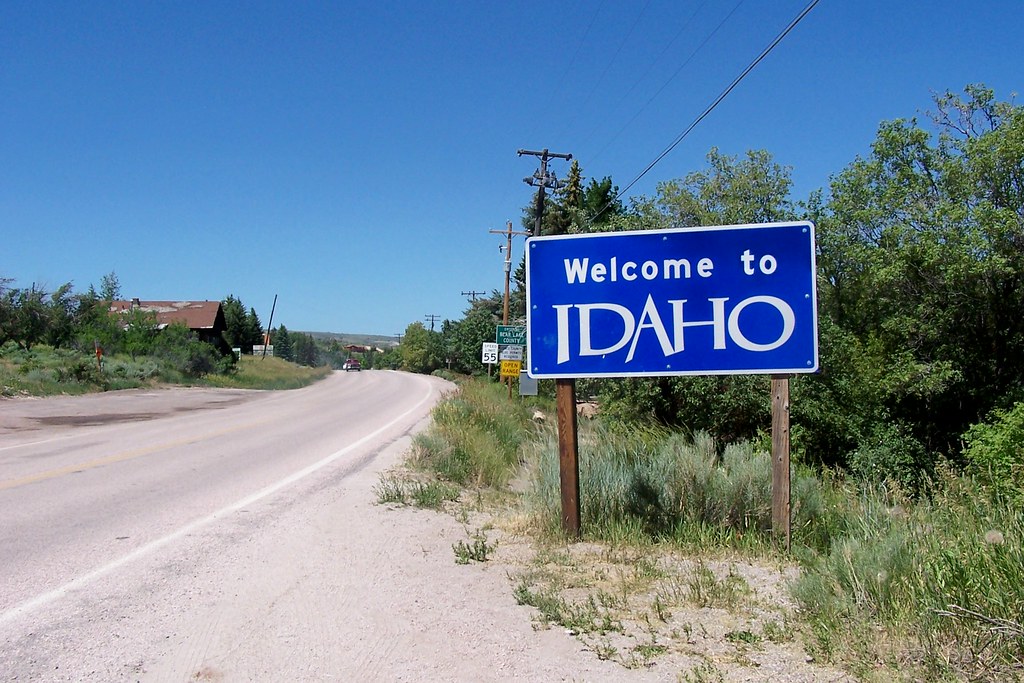














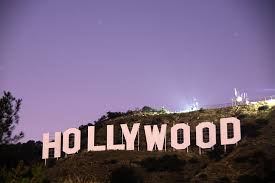











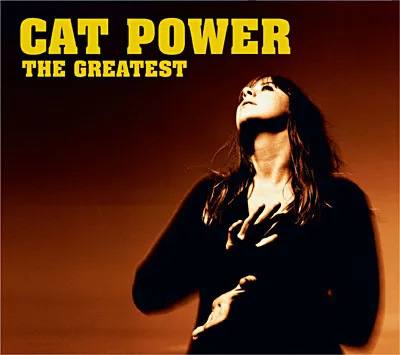






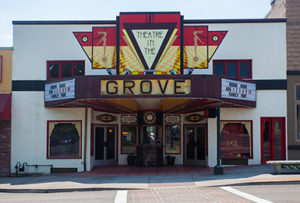

















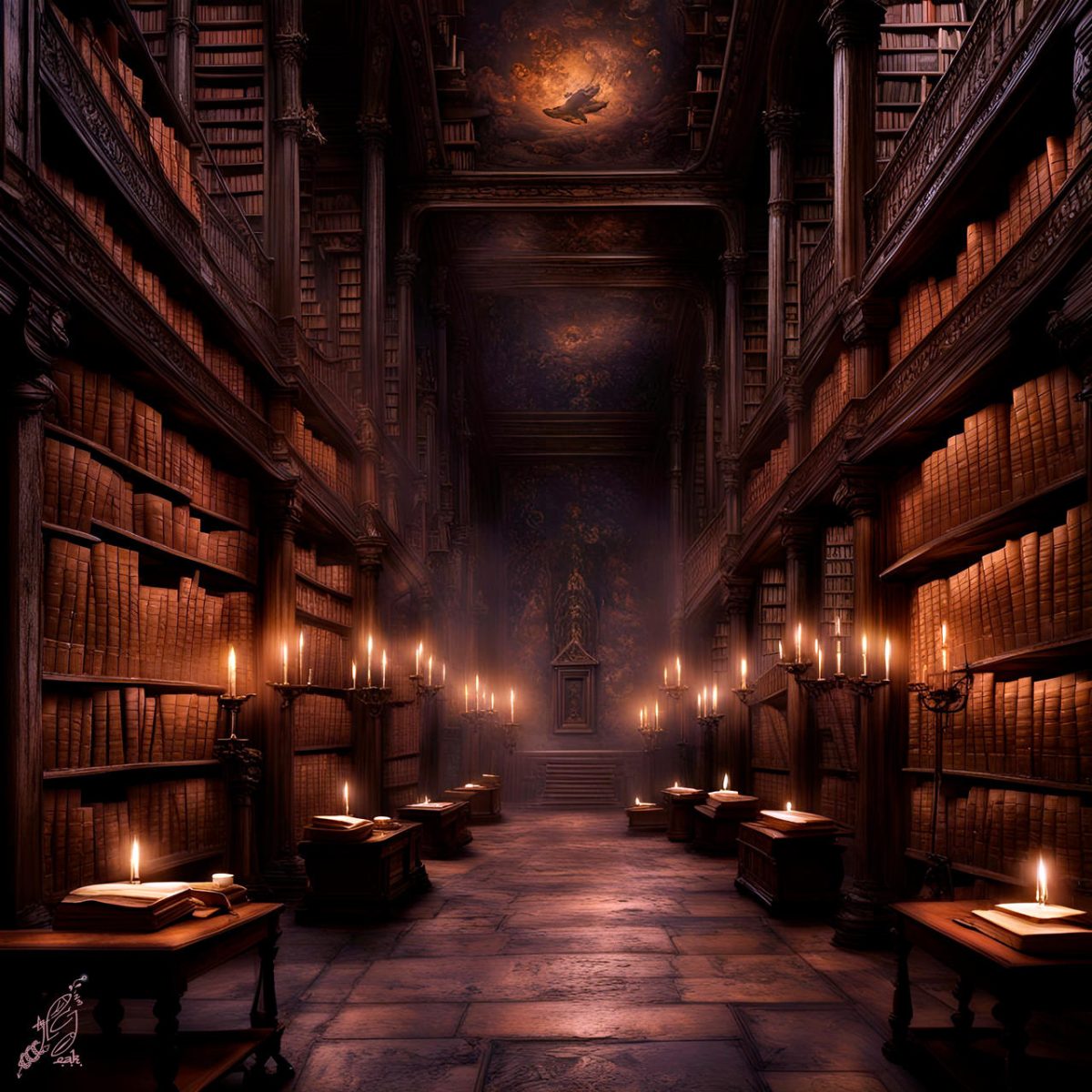

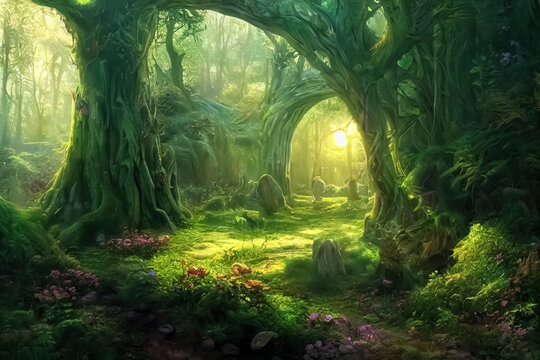




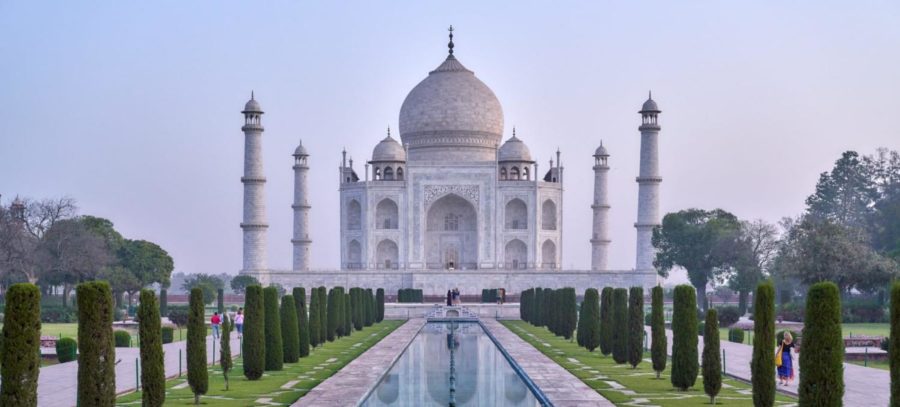
















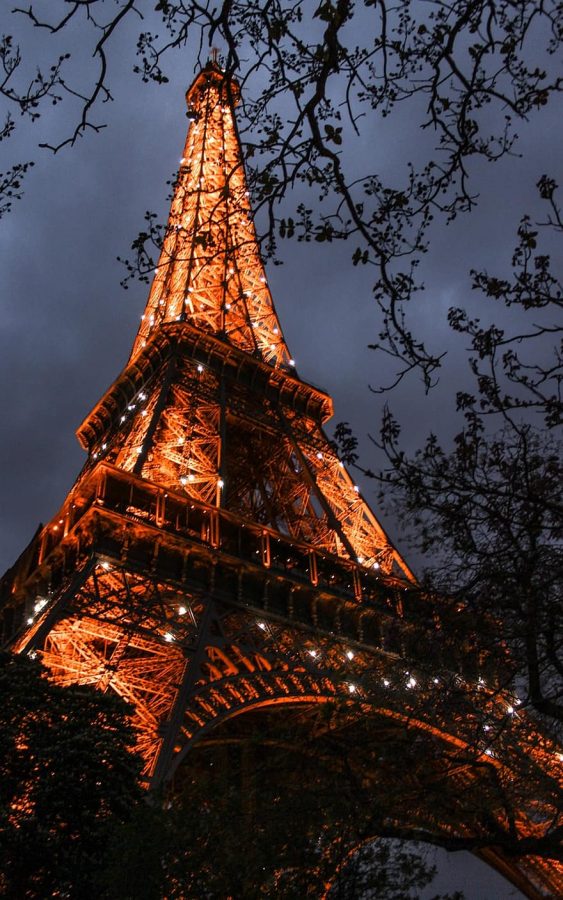
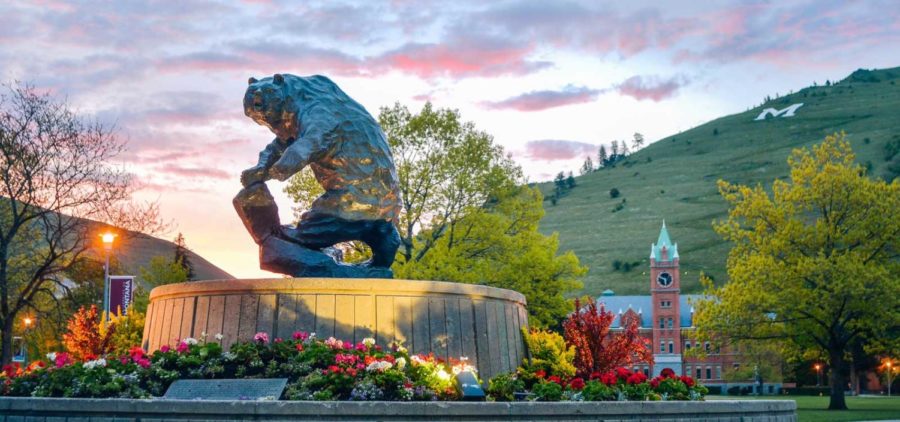





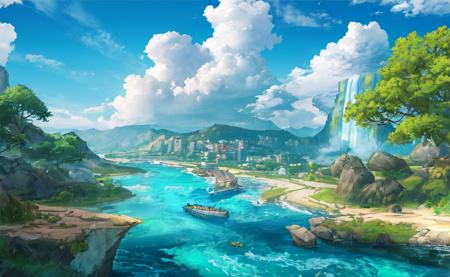
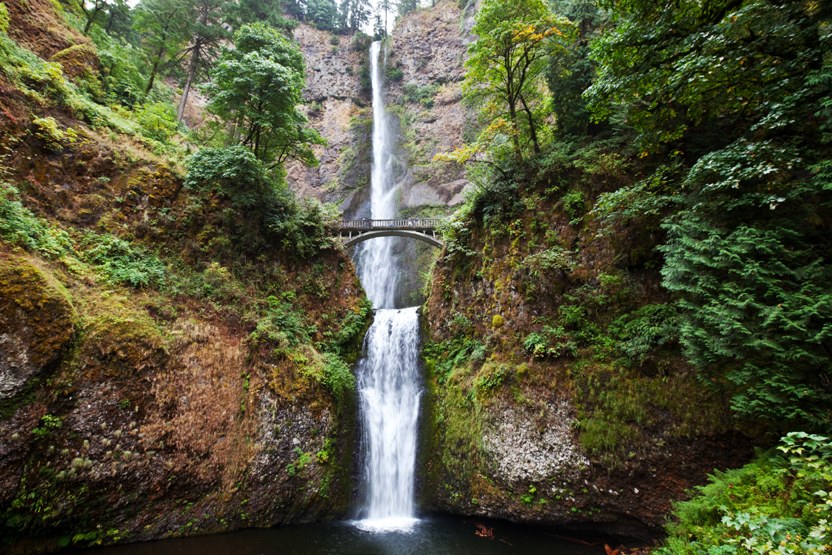



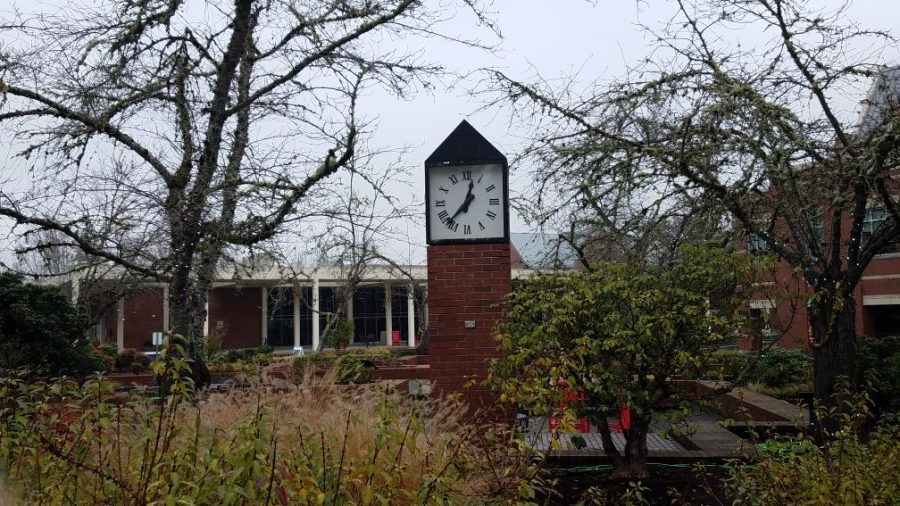

















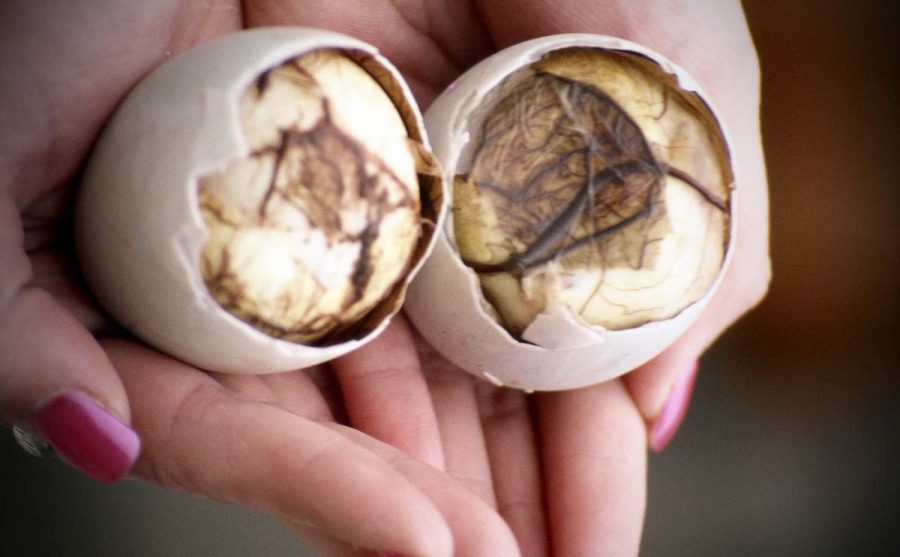




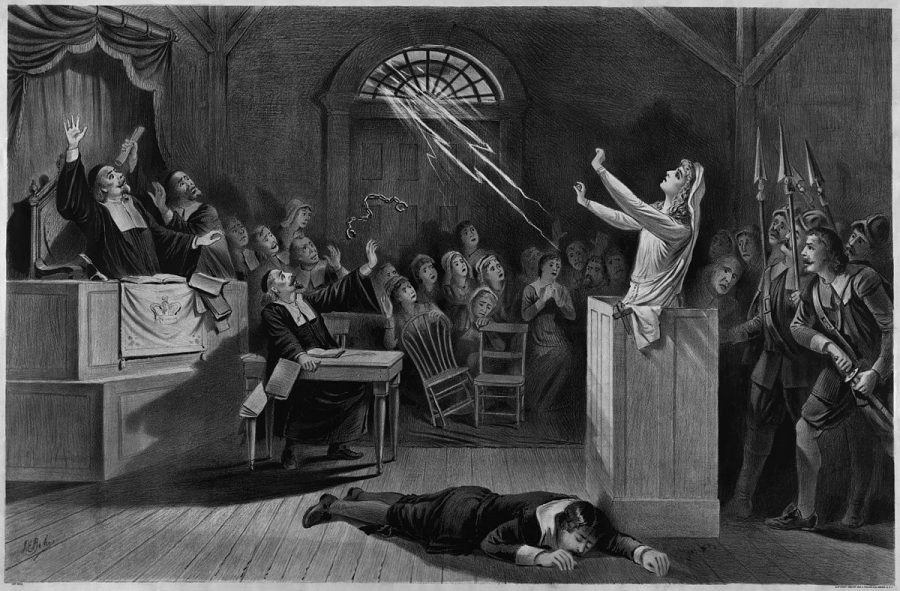


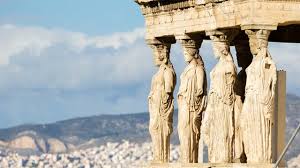









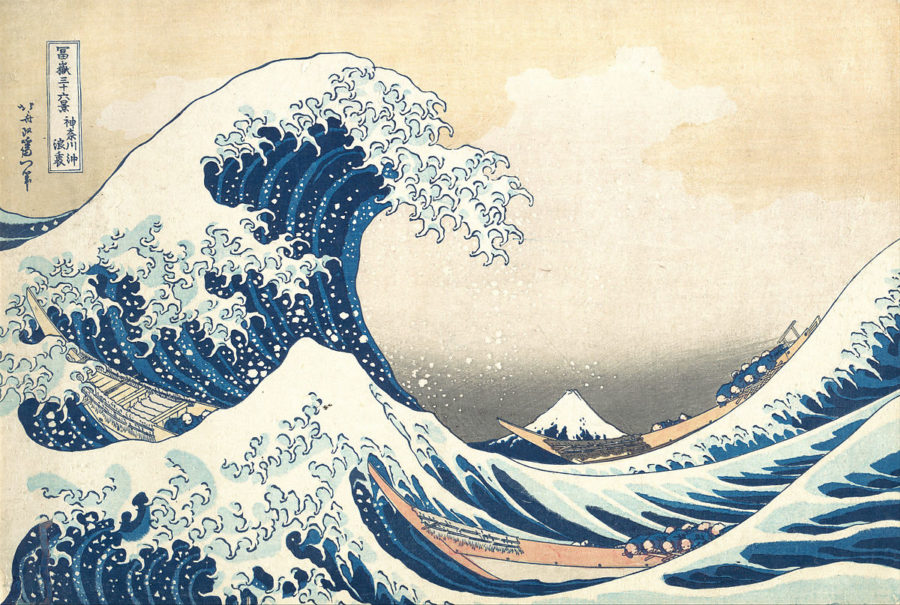
















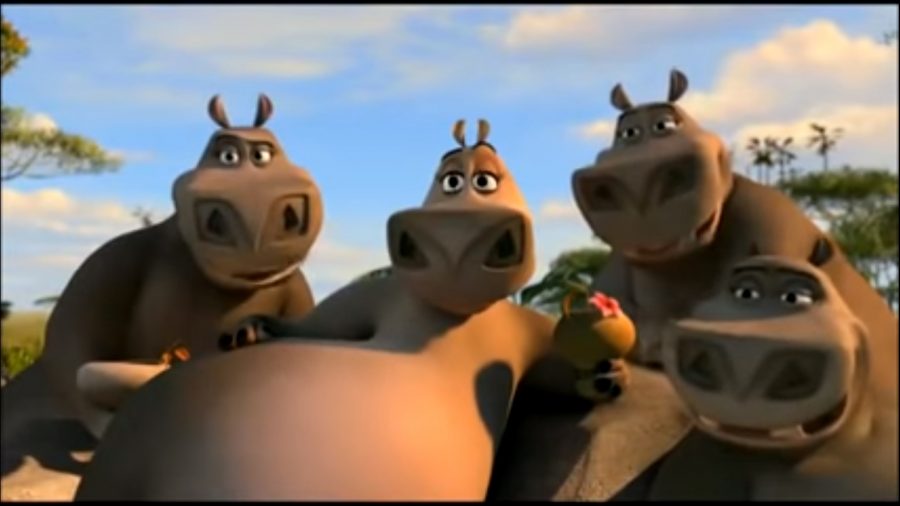


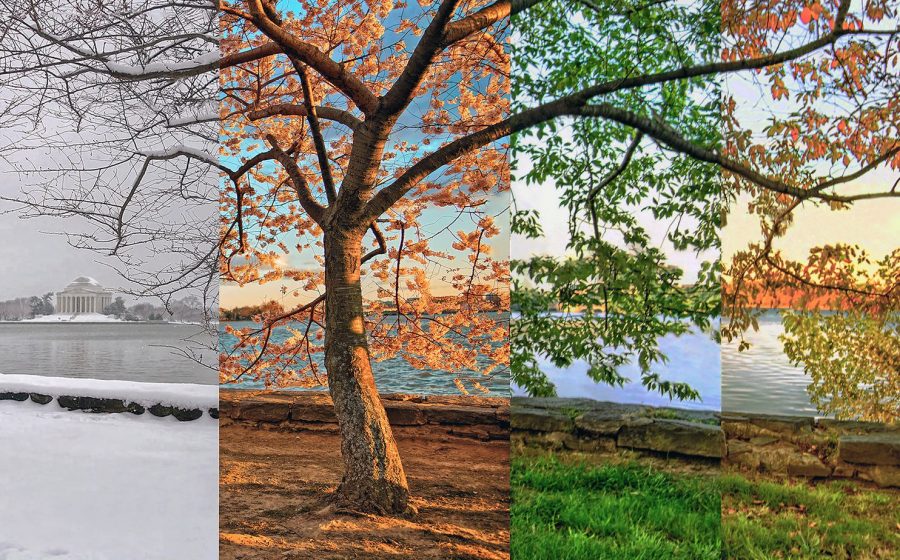









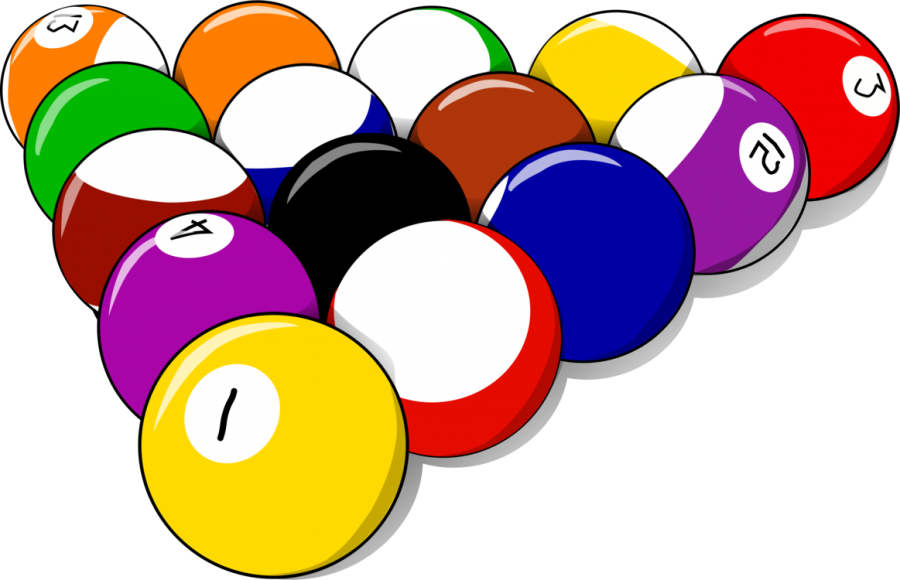










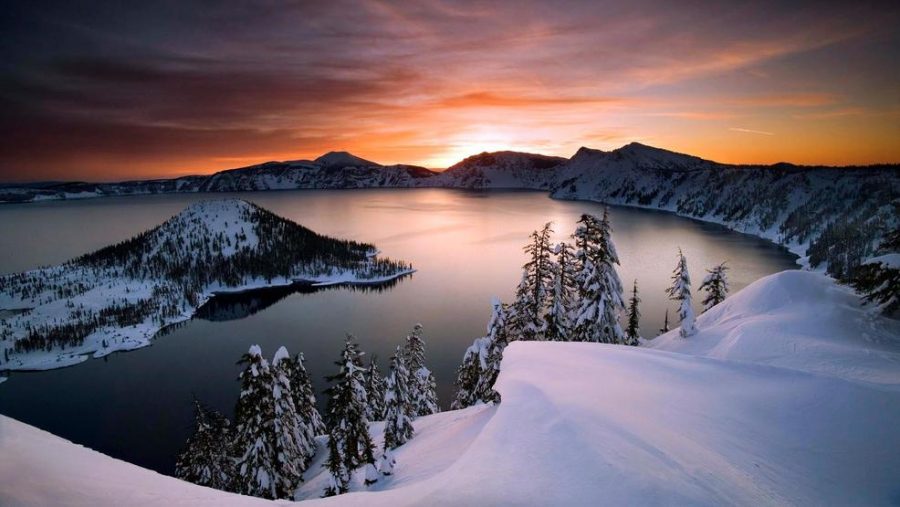

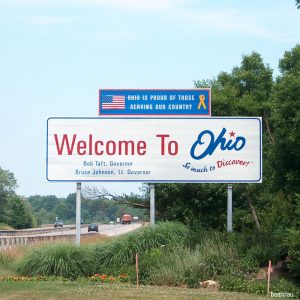










Luis Martinez • Apr 17, 2019 at 10:46 am
Never heard of it, yet it’s really beautiful and seems fun to take pictures of.